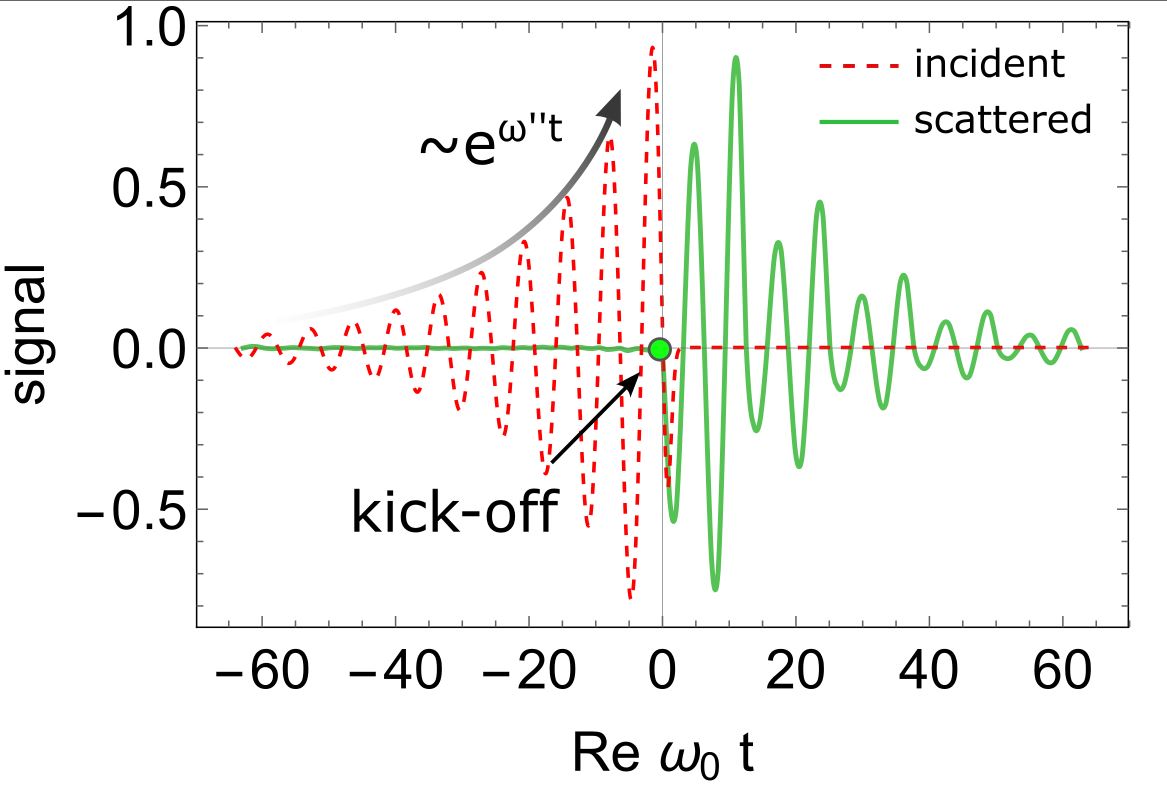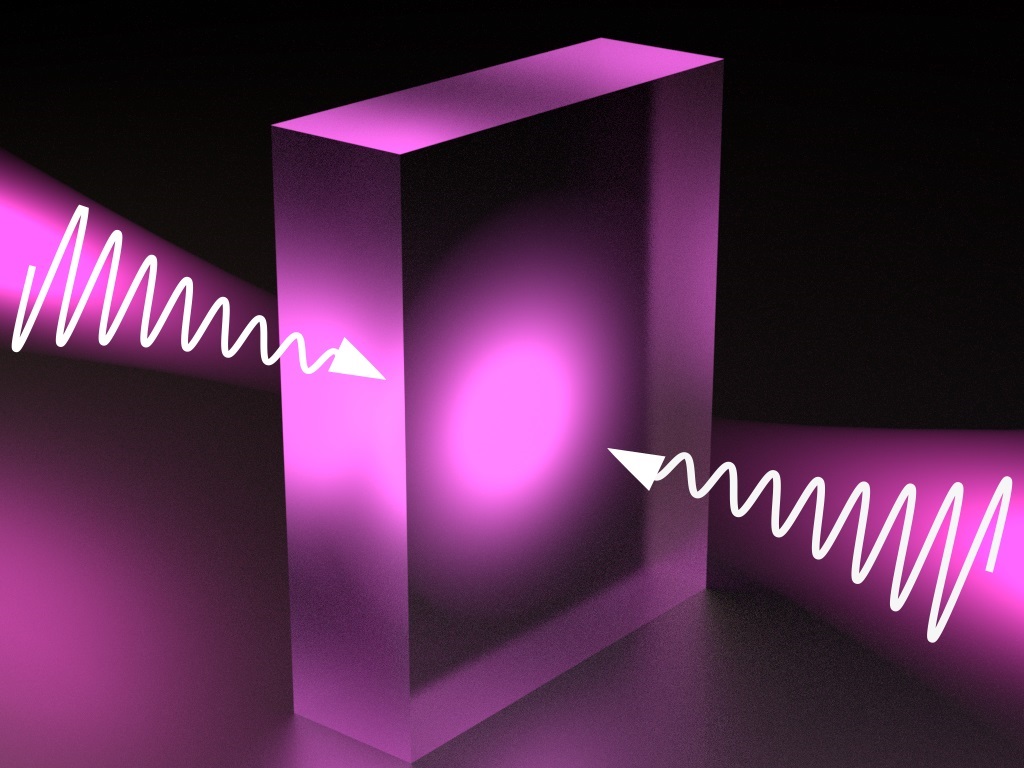11/29/2017
A group of physicists from Russia, Sweden, and the U.S. has demonstrated a highly unusual optical effect: They managed to “virtually” absorb light using a material that has no light-absorbing capacity. The research findings, published in Optica, break new ground for the creation of memory elements for light.
The absorption of electromagnetic radiation — light, among other things — is one of the main effects of electromagnetism. This process takes place when electromagnetic energy is converted to heat or another kind of energy within an absorbing material (for instance, during electron excitation). Coal, black paint, and carbon nanotube arrays — also known as Vantablack — look black because they absorb the energy of the incident light almost completely. Other materials, such as glass or quartz, have no absorbing properties and therefore look transparent.
In their theoretical research, the results of which were published in the journal Optica, the physicists managed to dispel that simple and intuitive notion by making a completely transparent material appear perfectly absorbing. To achieve that, the researchers employed special mathematical properties of the scattering matrix — a function that relates an incident electromagnetic field with the one scattered by the system. When a light beam of time-independent intensity hits a transparent object, the light does not get absorbed but is scattered by the material — a phenomenon caused by the unitary property of the scattering matrix. It turned out, however, that if the intensity of the incident beam is varied with time in a certain fashion, the unitary property can be disrupted, at least for some time. In particular, if the intensity growth is exponential, the total incident light energy will accumulate in the transparent material without leaving it (fig. 1). That being the case, the system will appear perfectly absorbing from the outside.

Fig. 2. Virtual absorption effect in a thin layer of a transparent material. The dotted line indicates the amplitude of a time-dependent incident wave; the solid line is the amplitude of a scattered signal that comprises both incident and transmitted waves. The scattered signal is absent up to t = 0, suggesting that the incident wave energy is perfectly “locked” in the layer. Image courtesy of the researchers.
CREDIT: MIPT Press Office
To illustrate the effect, the researchers examined a thin layer of a transparent dielectric and calculated the intensity profile required for the absorption of the incident light. The calculations confirmed that when the incident wave intensity grows exponentially (the dotted line on fig. 2), the light is neither transmitted nor reflected (the solid curve on fig. 2). That is, the layer looks perfectly absorbing despite the fact that it lacks the actual absorption capacity. However, when the exponential growth of the incident wave amplitude comes to a halt (at t = 0), the energy locked in the layer is released.
“Our theoretical findings appear to be rather counterintuitive. Up until we started our research, we couldn’t even imagine that it would be possible to ‘pull off such a trick’ with a transparent structure,” says Denis Baranov, a doctoral student at MIPT and one of the authors of the study. “However, it was the mathematics that led us to the effect. Who knows, electrodynamics may well harbor other fascinating phenomena.”
The results of the study not only broaden our general understanding of how light behaves when it interacts with common transparent materials, but also have a wide range of practical applications. To give an example, the accumulation of light in a transparent material may help design optical memory devices that would store optical information without any losses and release it when needed.













